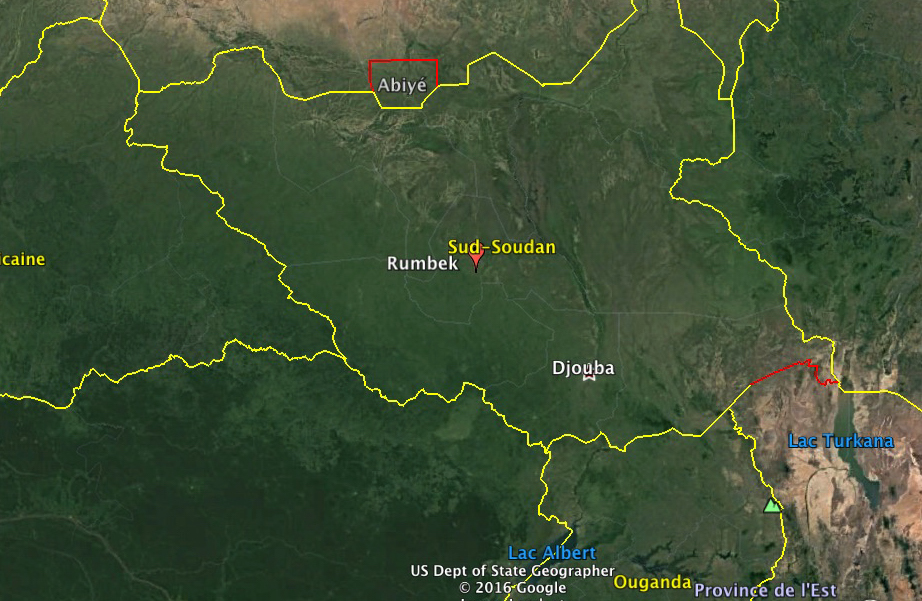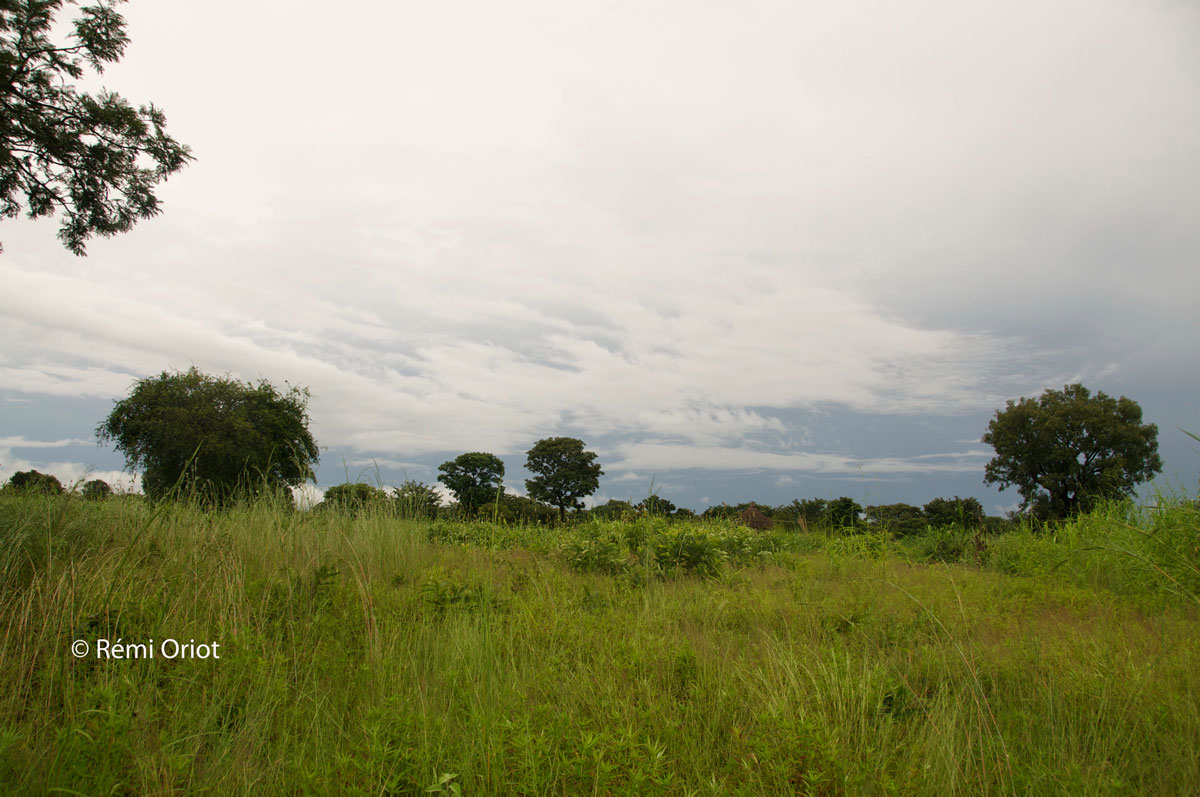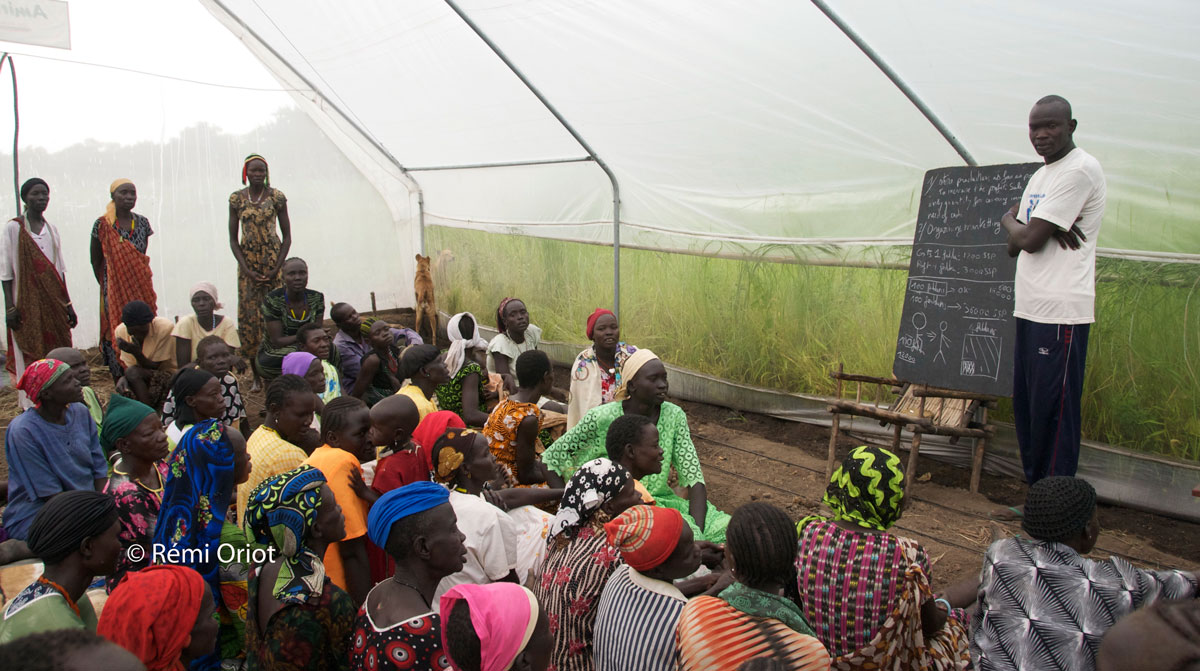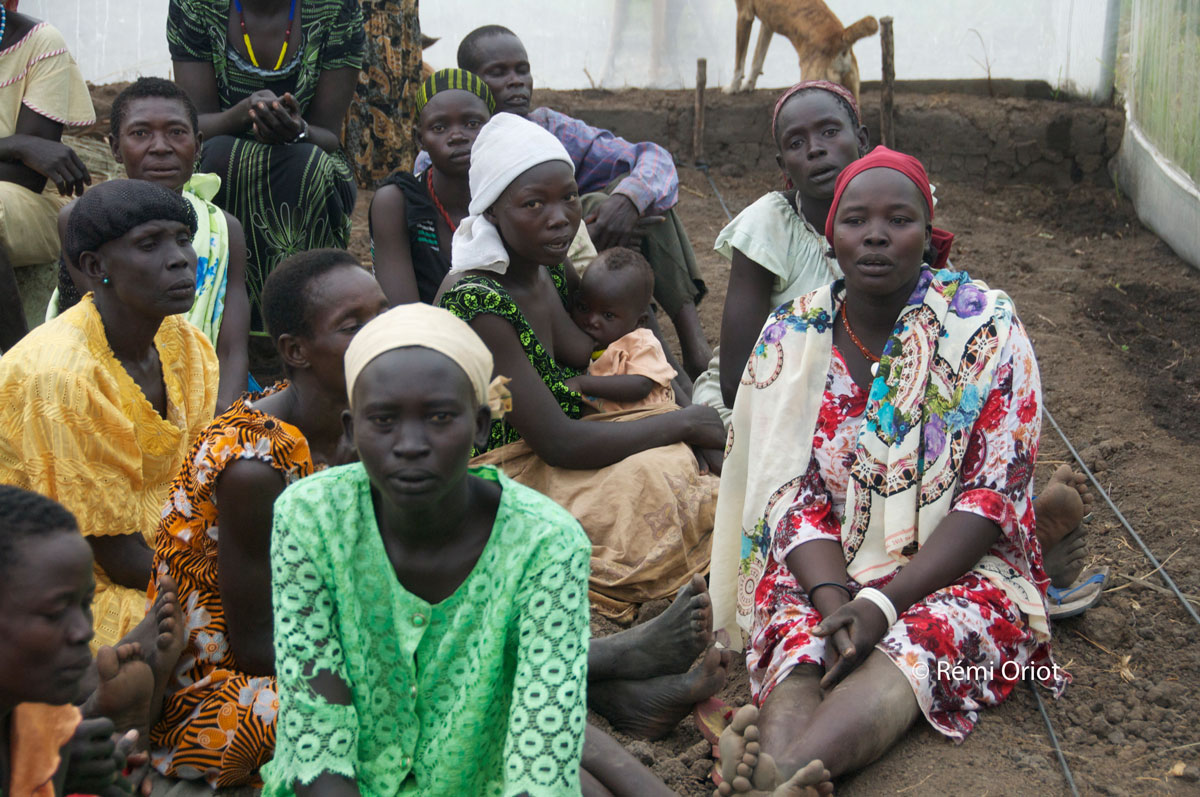An economic approach to production; little–known at grassroots level
Topics
 Climate smart agriculture,
Climate smart agriculture,
 Community engagement
Community engagement
 Communities development
Communities development
Situation
2008 - 2013. Gok Akong village, Rumbek area, Lakes State, South Sudan.
Food production during rainy season, within a cooperation of 100 members – 1200 beneficiairies. Alluvial soils.
The members of the cooperation have cultivated 40 ha by themselves and exceptionally paid local manpower, to clean, to plough and to sow an extra land of 40 ha. It was usual for them to call on outside workers.
Unfortunately the rainy season was wetter than usual, producing a huge amount of weed on all 80 ha.
TOTAL Exploration & Production South Sudan was interested in running programmes with this community within the framework of its social responsability policy.
Problem
There was neither enough manpower within the cooperative to manage the 80 ha that were full of weed nor enough money in their cashbox to pay external manpower to help.
The cooperative was able to manage only 40 ha by itself, and was to lose the other 40 ha cultivated. The loss was estimated at 8000 USD.
Implemented solutions
- Training of the cooperative leaders in agribusiness.
- Calculation of the loss.
- Implementation of another source of funding for the seasons to come.
Results
- The profit made from the sale of the harvest at the end of the dry season (mainly onions) was kept. It was not reinvested in the extension of cultivated land for the rainy season.
- The cooperative now only managed 40 ha by itself, without paying external manpower.
- At the end of the rainy season, the money kept was used to purchase the seeds for the dry season (which were expensive), and the harvest of the crops of the rainy season (mainly grains of corn) were kept and not sold as usual.
- After 4-5 months of dry season, the price of the grains rose, and the cooperative was able to sell its harvest at a profitable price.
- The cooperative multiplied its profit by 1,75, with less work than if they were to run 80 ha.





